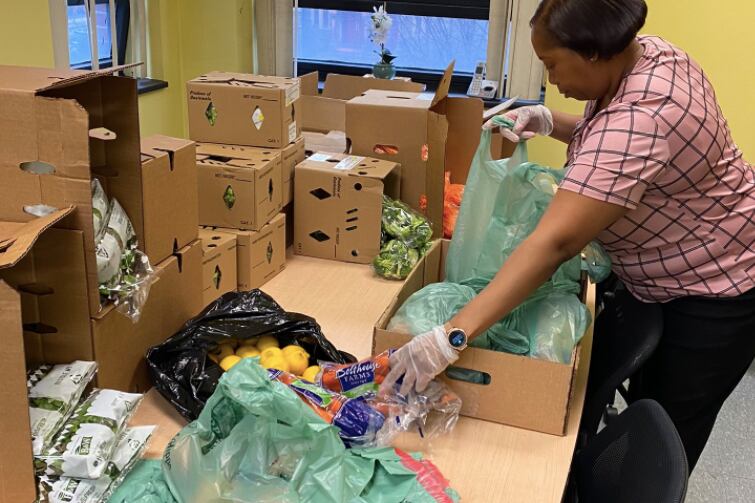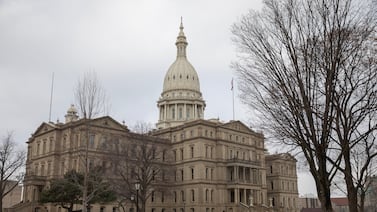Gov. Phil Murphy ordered all New Jersey schools to close two weeks ago in an effort to slow the spread of the new coronavirus. As the number of positive cases surges and schools remain closed, students who need meals can still get food.
In the Newark school district, about 75% of students are classified as economically disadvantaged and are eligible for breakfasts and lunches, which for some children are the only meals they receive in a day.
Newark Public Schools has given out more than 40,000 grab-and-go meals since school buildings closed on March 13. Most city charter schools have followed suit or are encouraging families to use the district’s breakfast and lunch services.
Any student in Newark, whether they attend private, charter, or district schools, can pick up a grab-and-go meal from one of the designated district schools distributing food. Students do not need to have previously qualified for meals to receive food.
Check the map below for Newark area food distribution sites and the dates and times for food pickup. In some cases, these dates are fluid and up-to-date information can be found on school websites. If school closures are extended, food distribution in most cases will continue.
If your Newark school pickup site isn’t on the map, please send the information to us at meals@chalkbeat.org.
Read the addresses as a spreadsheet here.
Instructions (Desktop)
- Open the map and click the Search button.
- Search for your address to find nearby meal distribution sites. Schedules for breakfast and lunch pickups vary by site.
- Select the meal distribution site and click the Direction button.
- Find the directions to the meal distribution sites on Google Maps.
Instructions (Mobile)
I don't have Google Drive and Google Maps installed on my device
- Open the map and scroll to your neighborhood.
- Find and select the meal distribution site to view the schedule for breakfast and lunch.
- Tap the direction buttons to go to Google Maps.
I have both Google Drive and Google Maps installed on my device
- Open the map and tap the Search bar.
- Search for your address to find nearby meal distribution sites.
- Tap the name of the meal distribution site to view the schedule for breakfast and lunch. Tap the direction buttons to go to Google Maps.
Editor's Note: This map was last updated 5/20/2020, 1 p.m. EDT.
We're doing our best to keep this resource up to date. Given our limited staff resources, we'll be updating this map about once a day. It's possible meal distribution sites on this map may have closed or moved, and there could be other sites in the area we don't know about yet. We recommend calling ahead or checking local district websites to confirm that a location is still open. If you have information we should know about a site that is or isn't on this map, please email us at meals@chalkbeat.org. Given how fast this story is developing, we will likely change our approach to maintaining this resource as circumstances shift. We'll listen to you in making the decisions, and keep you updated as things change. We are trying to be as transparent as possible as we all navigate these extraordinary times.






